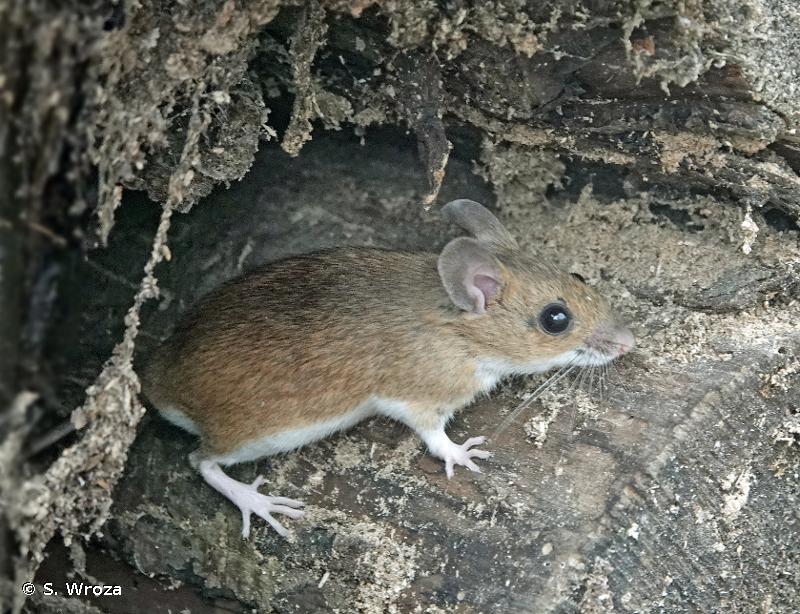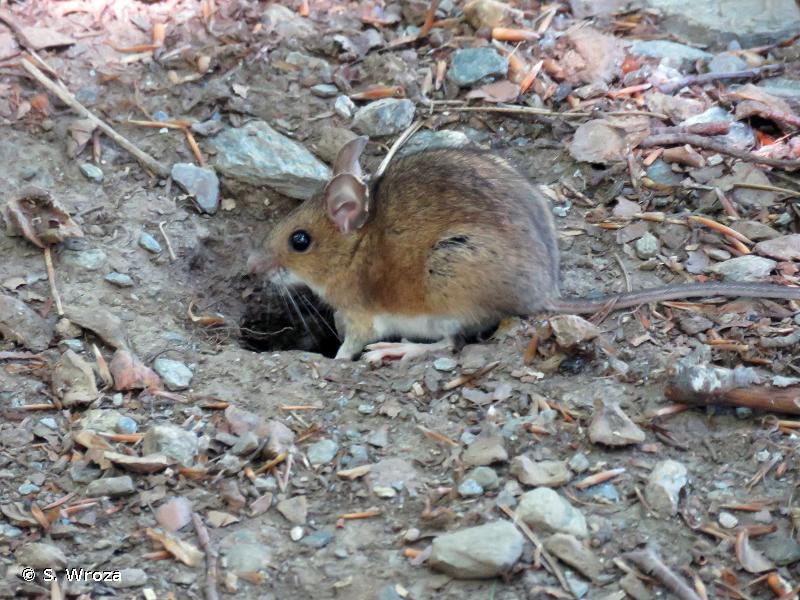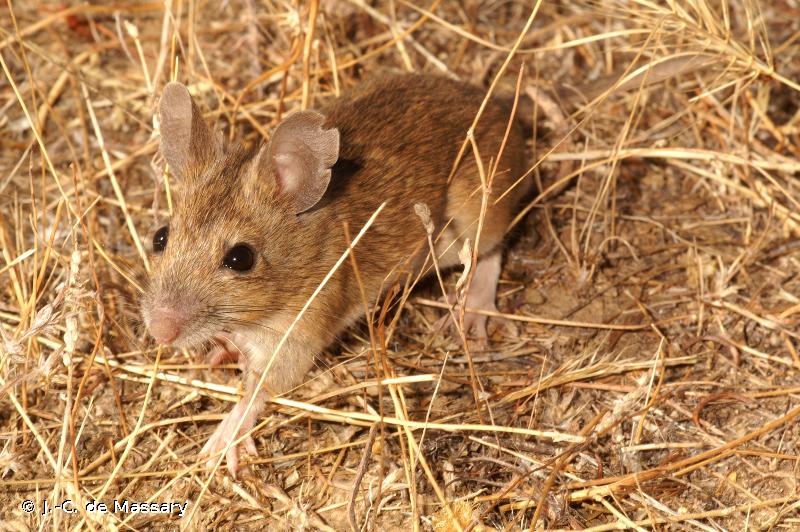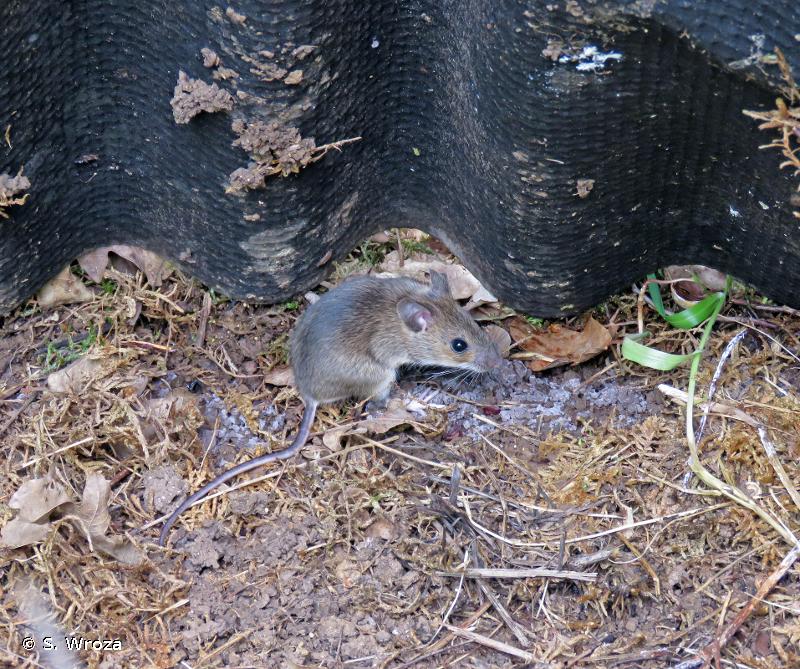
cd_nom

| Author : S. Wroza |
 |
Despite the Creative Commons license, please inform the author of the use which will be made of his photo

| Author : S. Wroza |
 |
Despite the Creative Commons license, please inform the author of the use which will be made of his photo

| Author : J.-C. de Massary |
 |
To get the picture, please visit:
Massary (de)Jean-Christophe
25 rue des Sorbiers
60510 LA NEUVILLE EN HEZ
Despite the Creative Commons license, please inform the author of the use which will be made of his photo

| Author : S. Wroza |
 |
Despite the Creative Commons license, please inform the author of the use which will be made of his photo
Taille : 7-11 cm plus 7-10 cm pour la queue (adulte).
Poids : 18-30 g (adulte).
Diagnose : Le Mulot sylvestre est un petit rongeur qui se distingue des Campagnols par ses grandes oreilles, ses gros yeux et sa longue queue. Le pelage dorsal est gris-brun, plus clair et plus jaunâtre sur les flancs et son ventre est blanchâtre. Il peut avoir une tache brun-jaunâtre au niveau de la gorge mais celle-ci ne formera pas un collier complet.
Détermination : Moyennement difficile à délicate dans les Alpes.
Espèces proches : Confusion possible avec le Mulot à collier Apodemus flavicollis qui est légèrement plus grand, a une queue plus longue et sa tâche pectorale plus large formant souvent un collier complet. Le Mulot sylvestre peut aussi se confondre avec le Mulot alpestre Apodemus alpicola qui se trouve dans les Alpes.
Période d'observation : Observable toute l'année, préférentiellement la nuit.
Biologie-éthologie : Le Mulot sylvestre se reproduit toute l'année mais surtout de mars à octobre. La femelle met bas de 7 petits après 3 semaines de gestation. Elle peut avoir plusieurs portées par an. Omnivore, il est opportuniste et se nourrit de graines, glands, bourgeons, insectes etc. Il gîte dans un nid, qu'il creuse lui-même, constitué d'une chambre et de réserves alimentaires.
Biogéographique et écologie : Il est présent un peu partout en Europe et au Maghreb. Il habite tout type de milieu mais préfère les habitats forestiers. Il peut se retrouver dans les bâtiments.
Référence bibliographique : Haffner P. & Savouré-Soubelet A. 2015. Sur la piste des Mammifères sauvages. Coll. L'amateur de la Nature. Dunod, Paris. 208 pp.
A. Savouré-Soubelet(UMS 2006 Patrimoine Naturel (AFB / CNRS / MNHN)),2015
Continental
Metropolitan France
Overseas
Marine
Metropolitan France
Overseas
The map presents a summary at the 10 x 10 km grid of the observation data for the species transmitted to the SINP. These data have been subjected to validation filters.
The map presents a reference distribution layer of the species at the scale of departments and marine sectors. The presence and absence data were established by expertise within a network of partners. This reference distribution is used in the validation process of the SINP data at the INPN level.
Corresponds to a report on the basis of at least one observation proved within a period of 10 years (20 years for little-known invertebrates) preceding the year and no presumption of extinction since obtaining the last data nor doubt on reproductive and implemented nature of this population. For migratory species, the presence indicated concerns areas of reproduction.
This status is based on one or more of the following criteria:
This point covers the absence, more difficult by nature to demonstrate than presence. This status is based on one or more of the following criteria:
This status must be assigned to a department in which the presence of the species is casual.
Particular case of absence due to a proven extinction less than a half century ago (older disappearances are treated as "no probable or definite").
In the state of knowledge, we can not comment on the presence or absence in the current department. This is the default status when not comprised in one of the previous categories or whenever there is doubt.
The map shows the global distribution of the species based on GBIF data (Global Biodiversity Information Facility).
